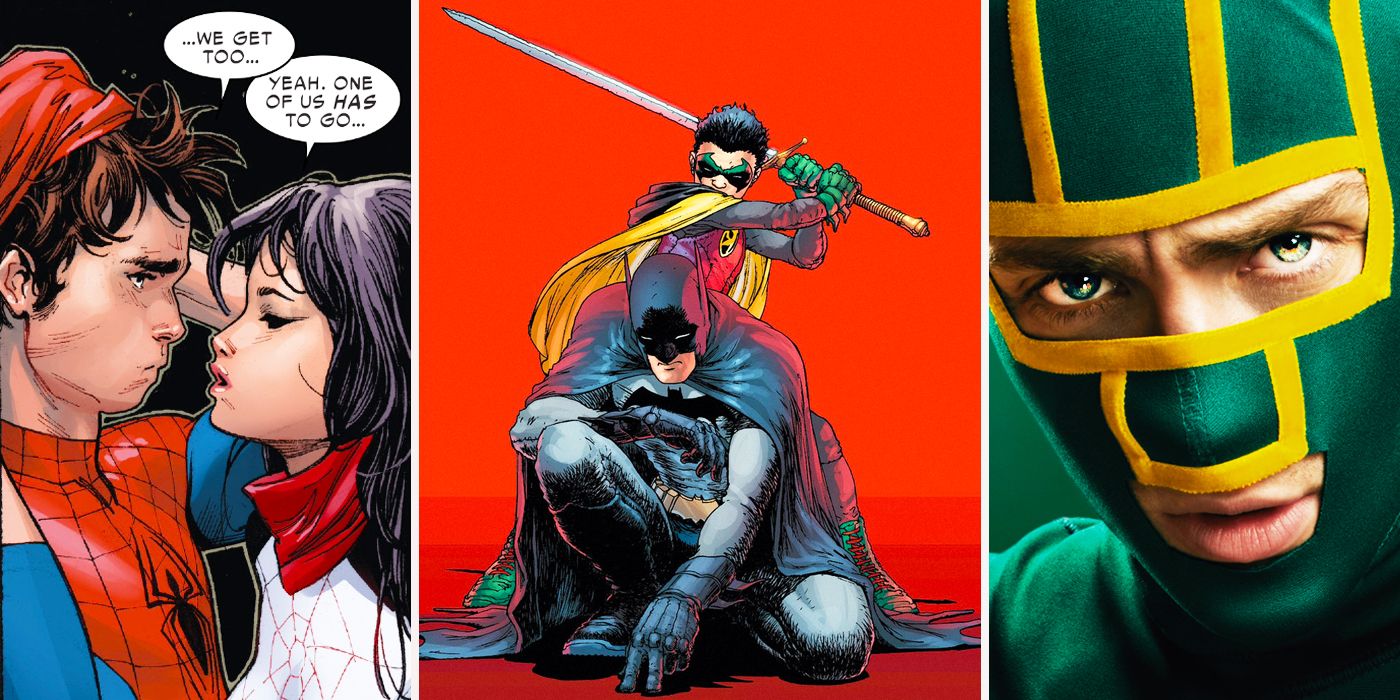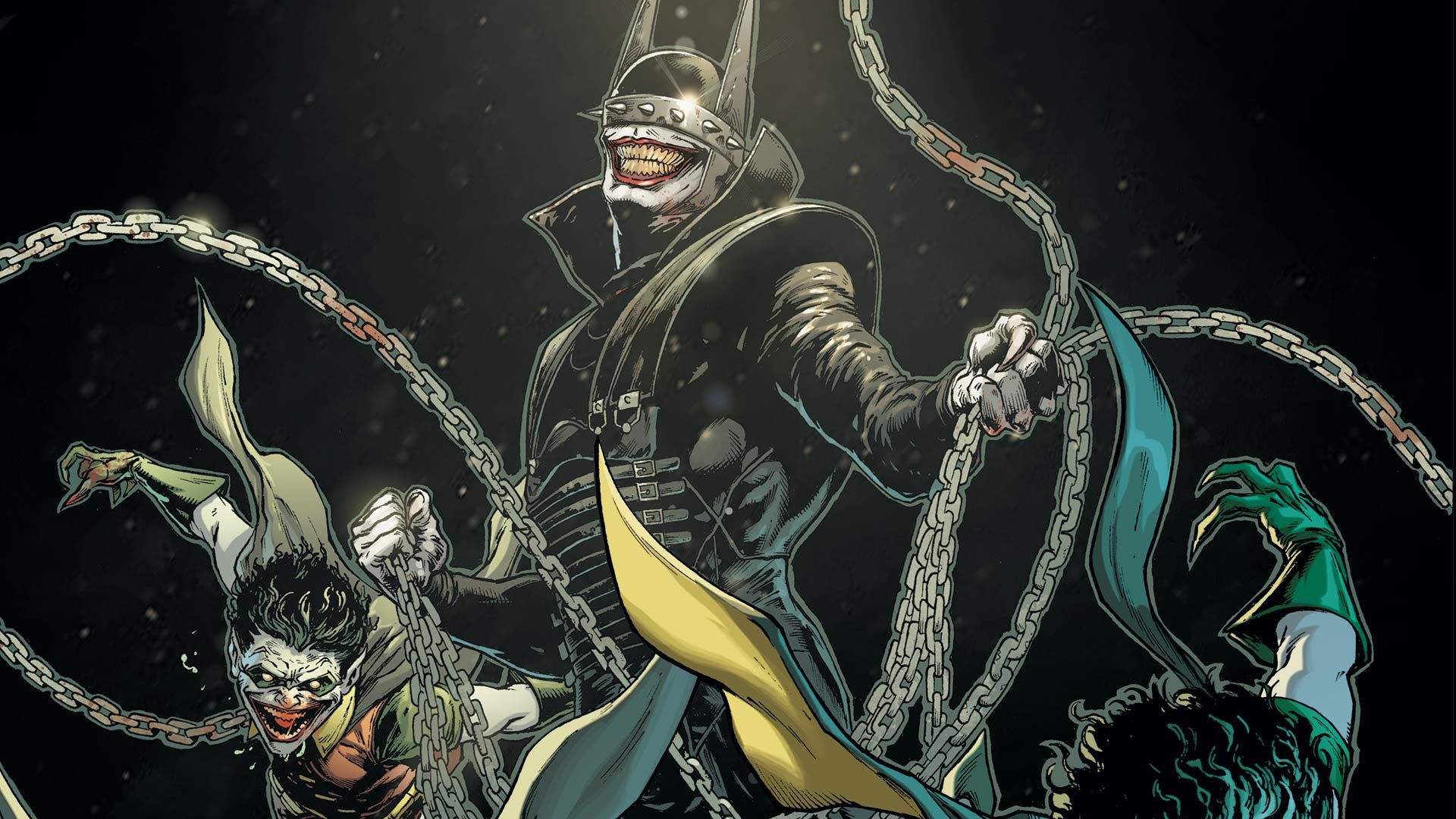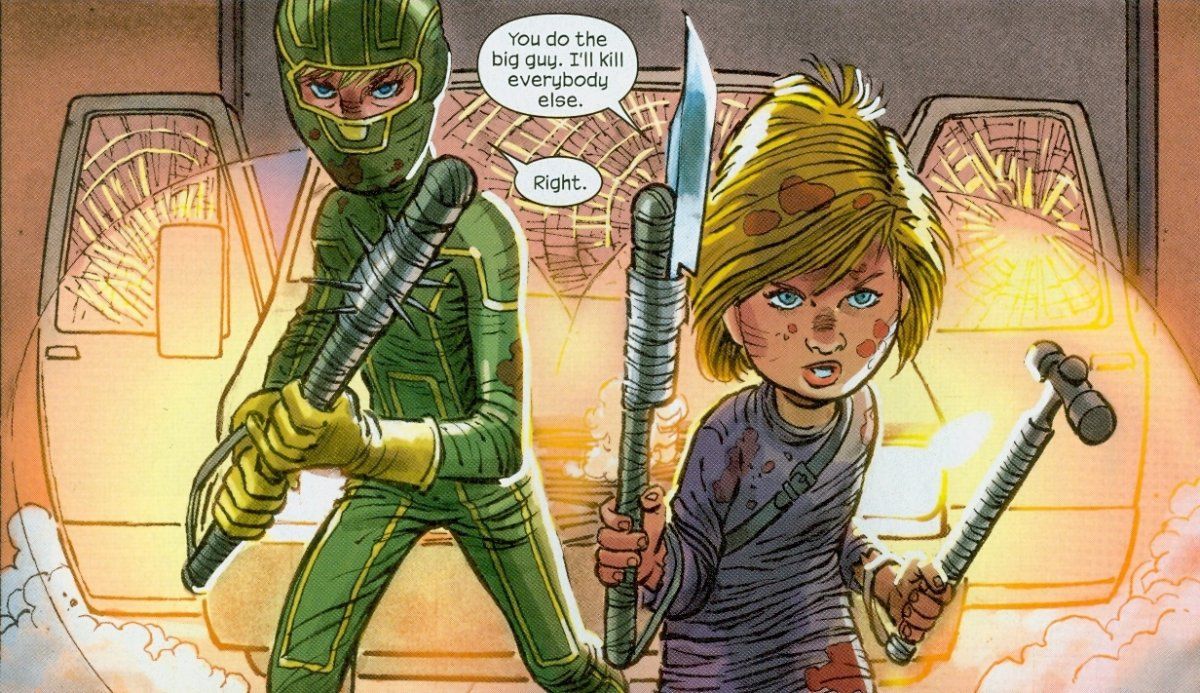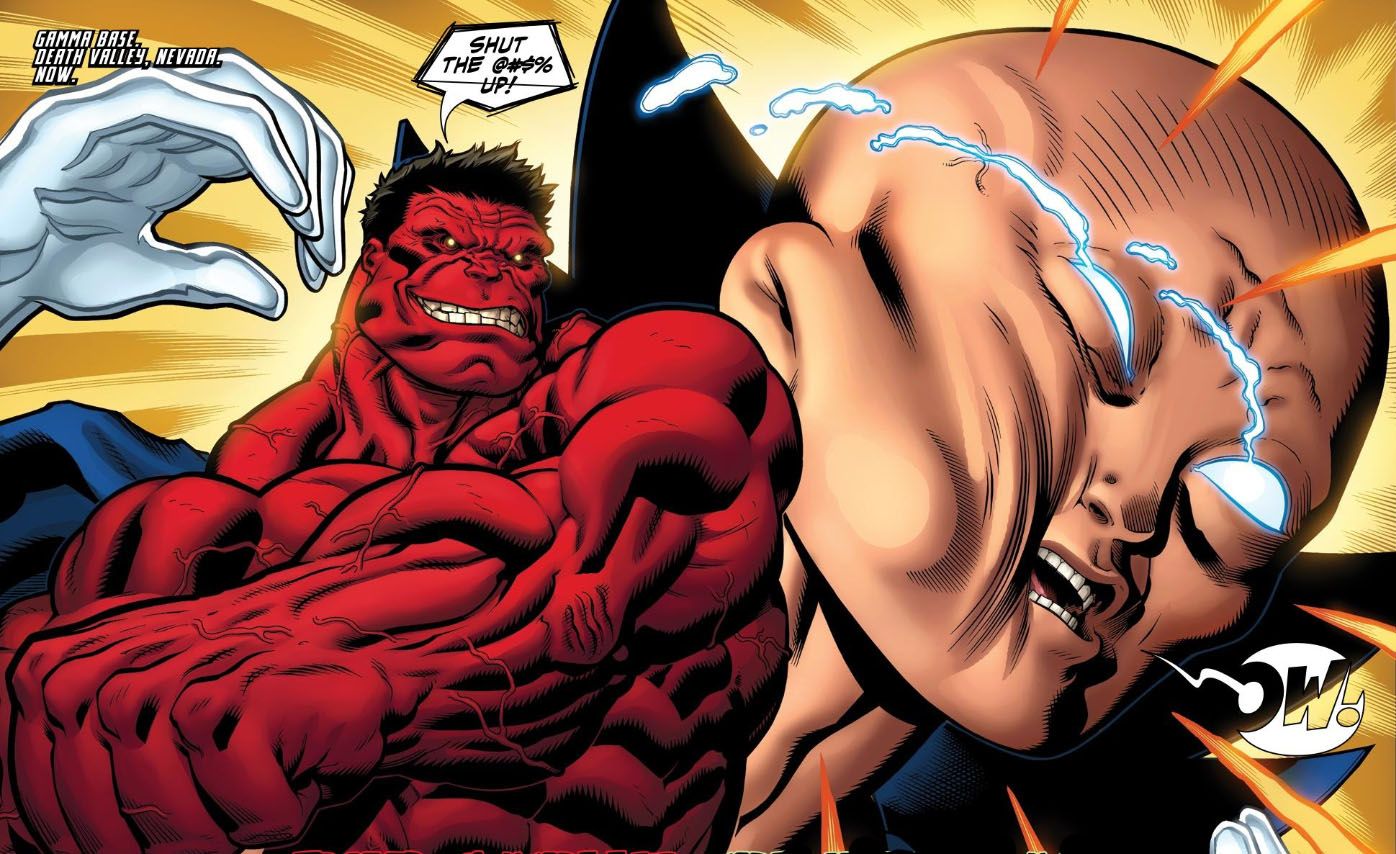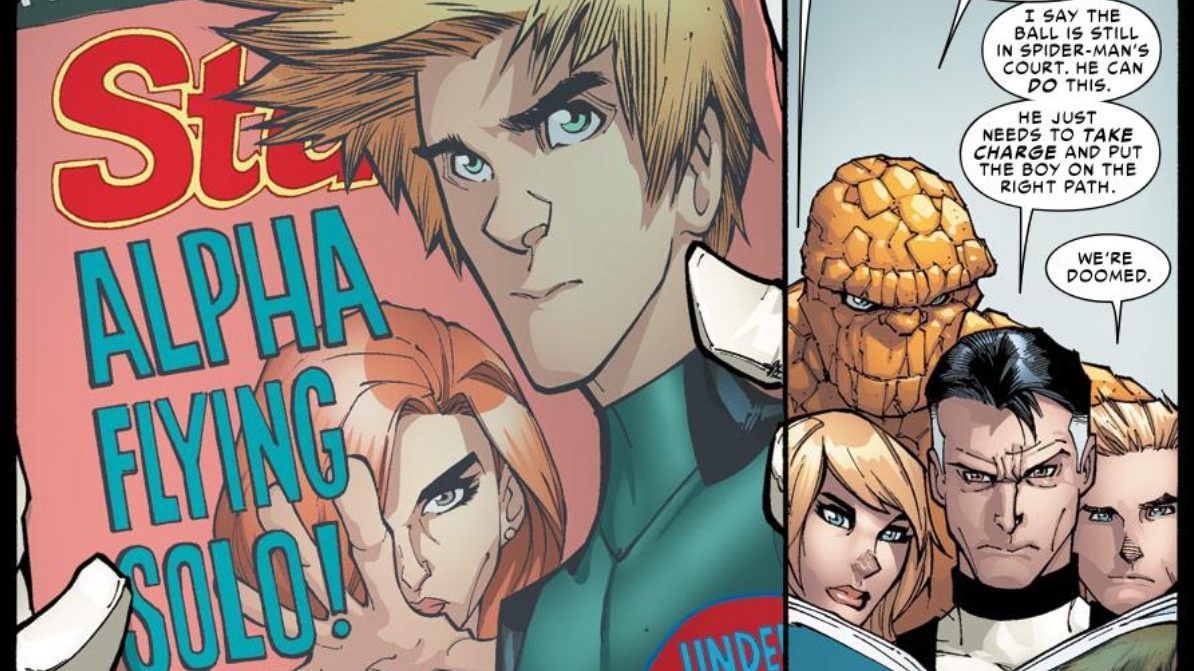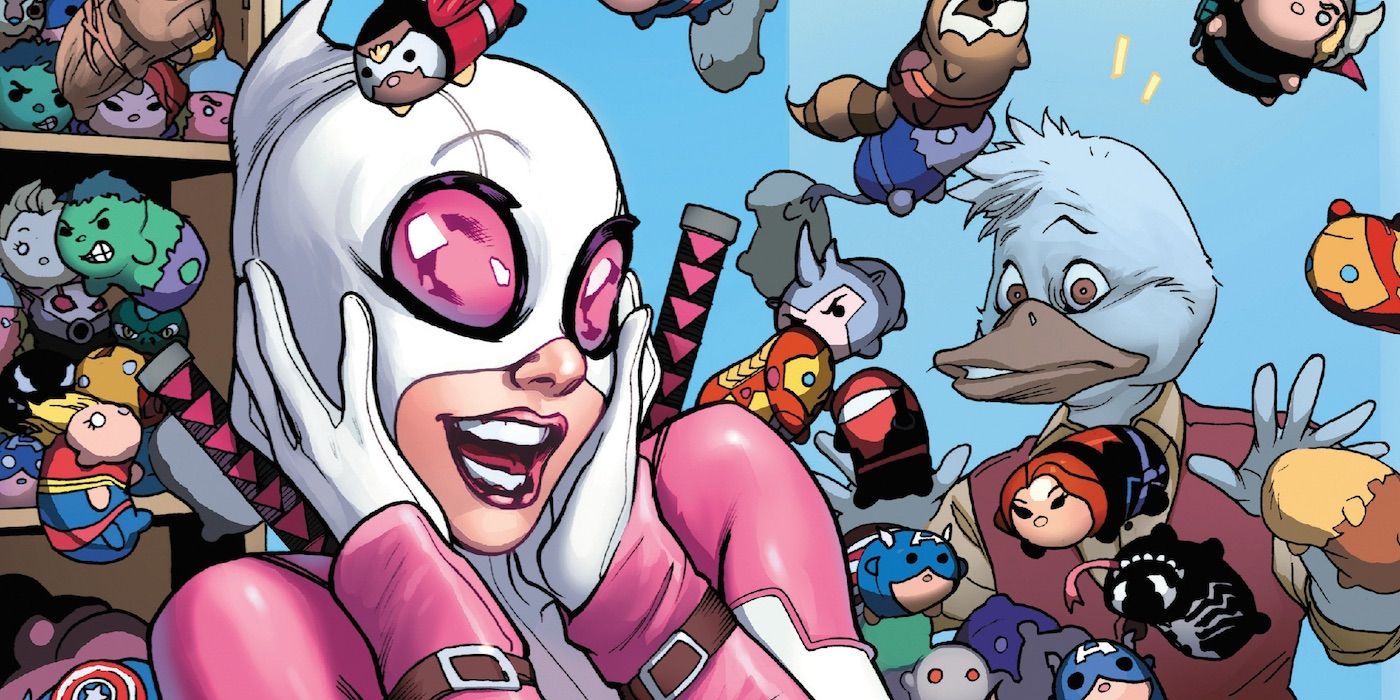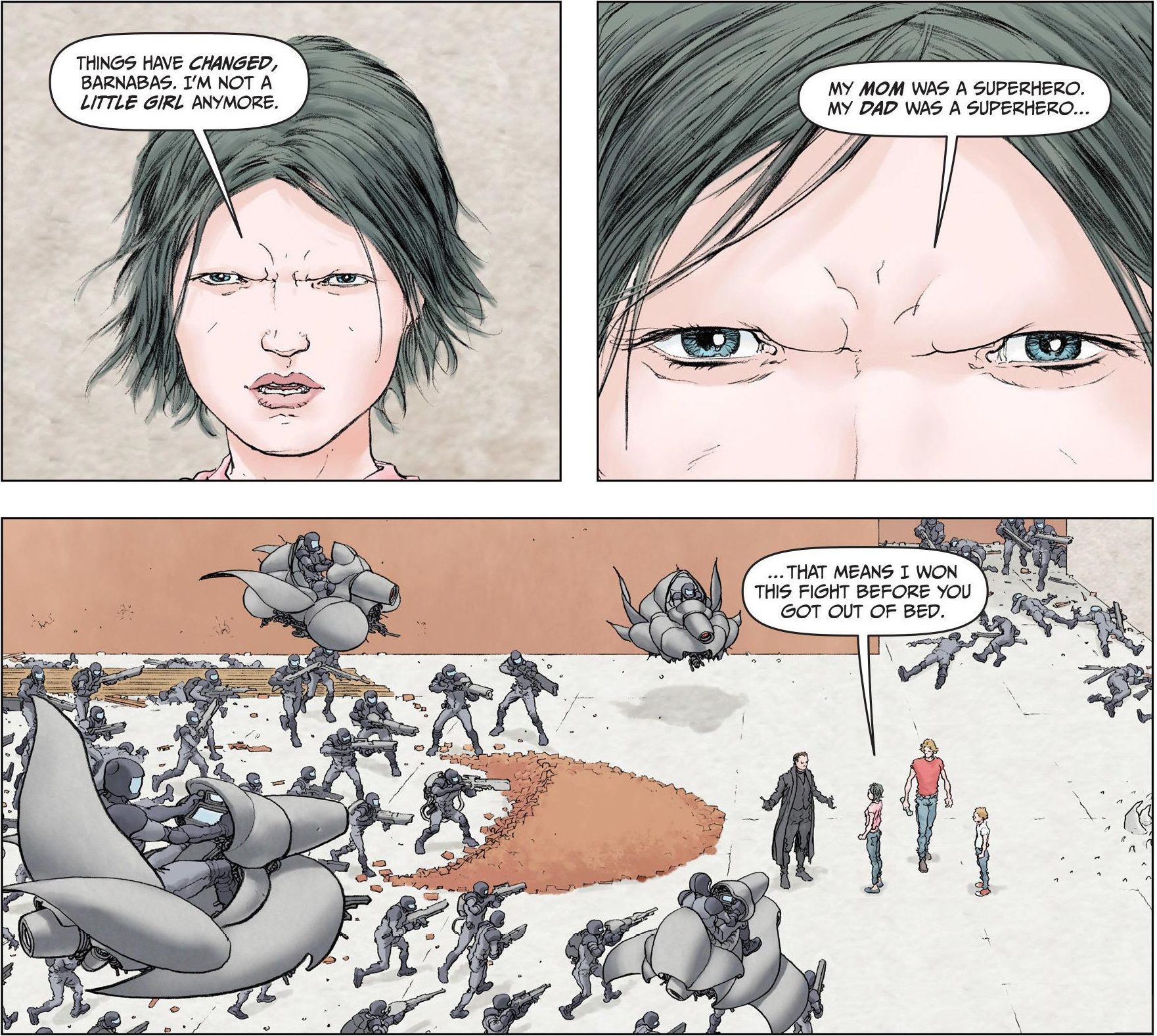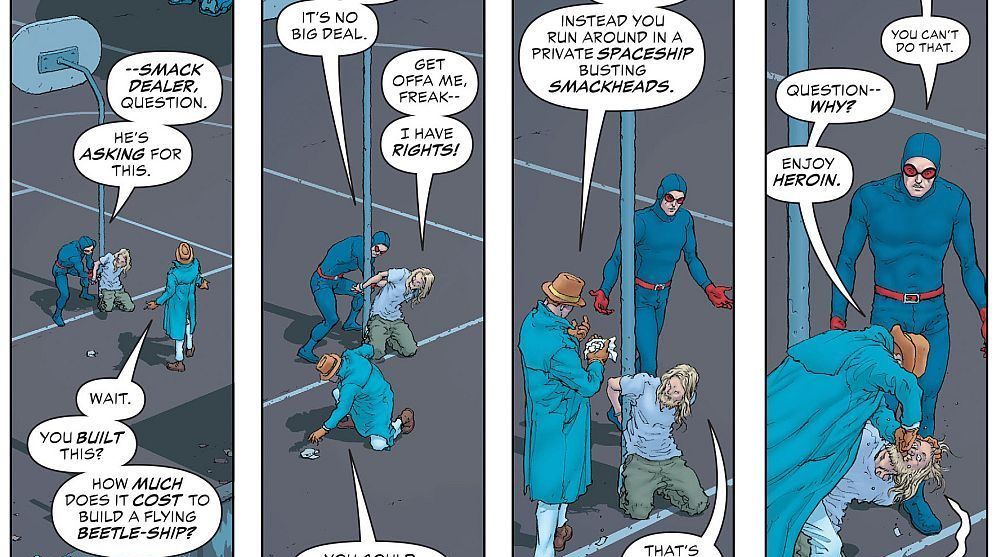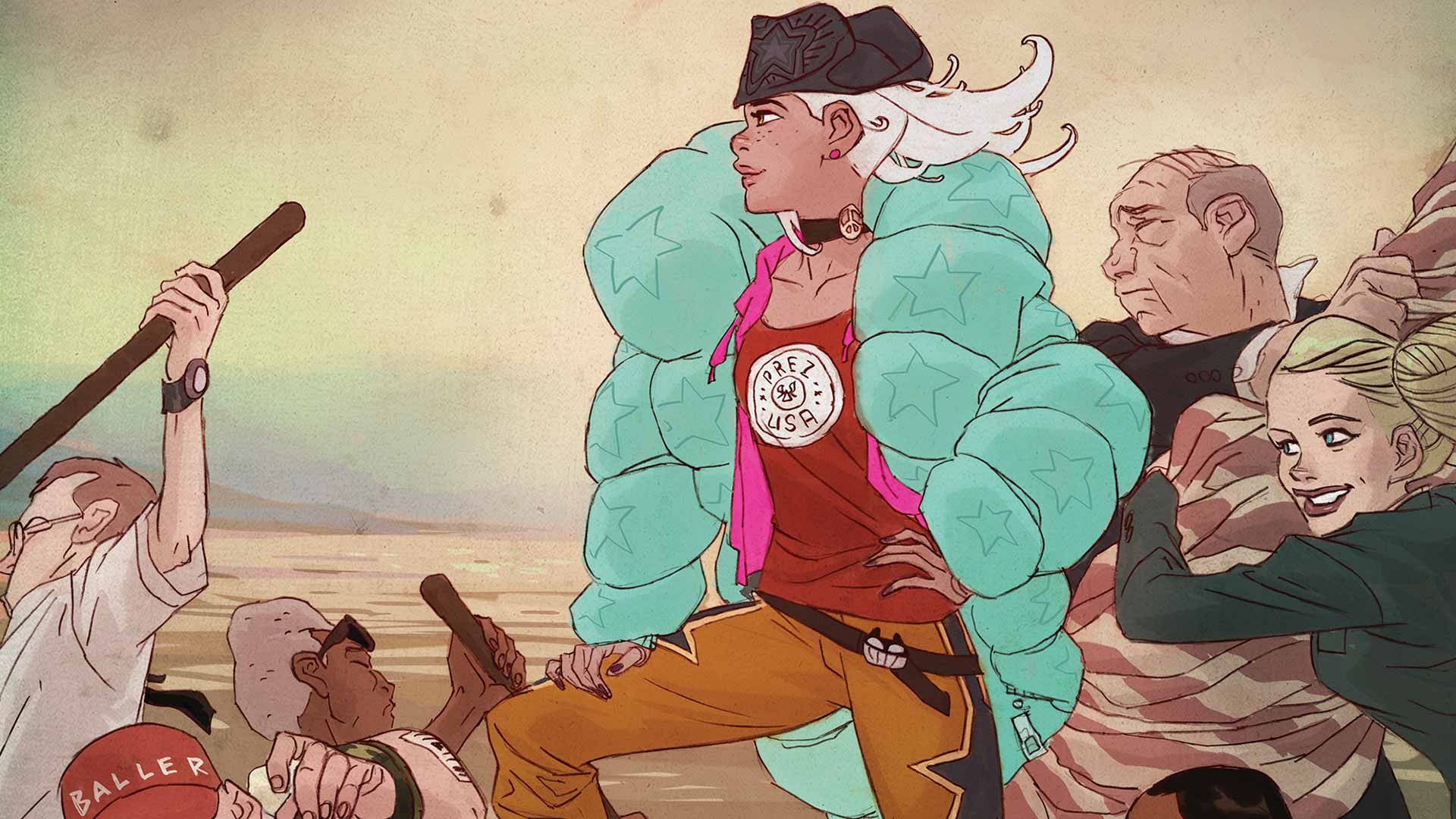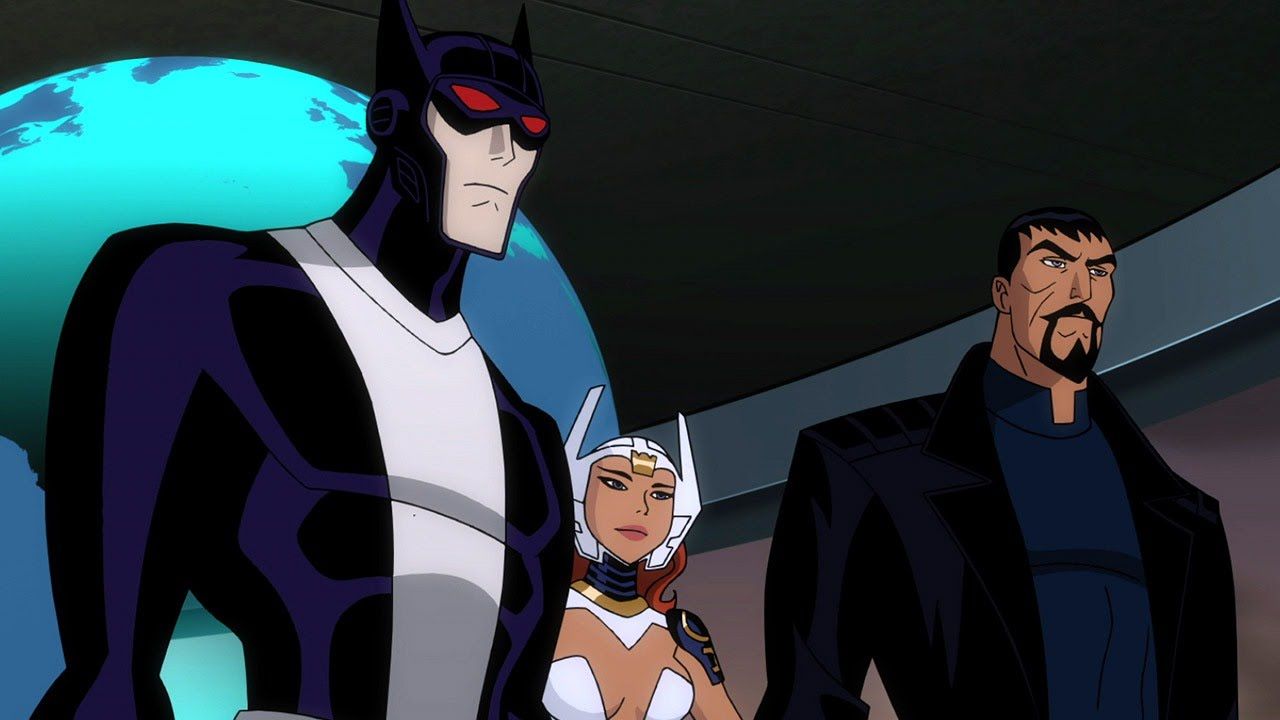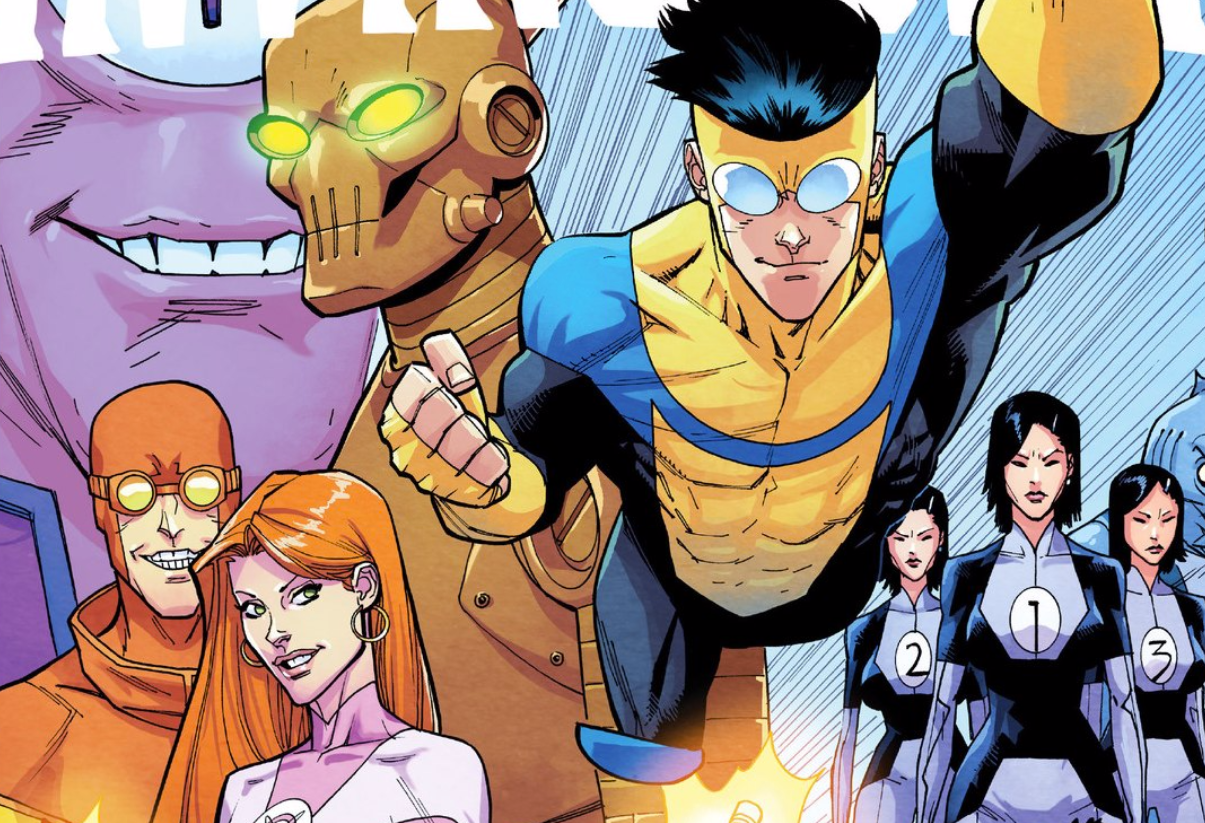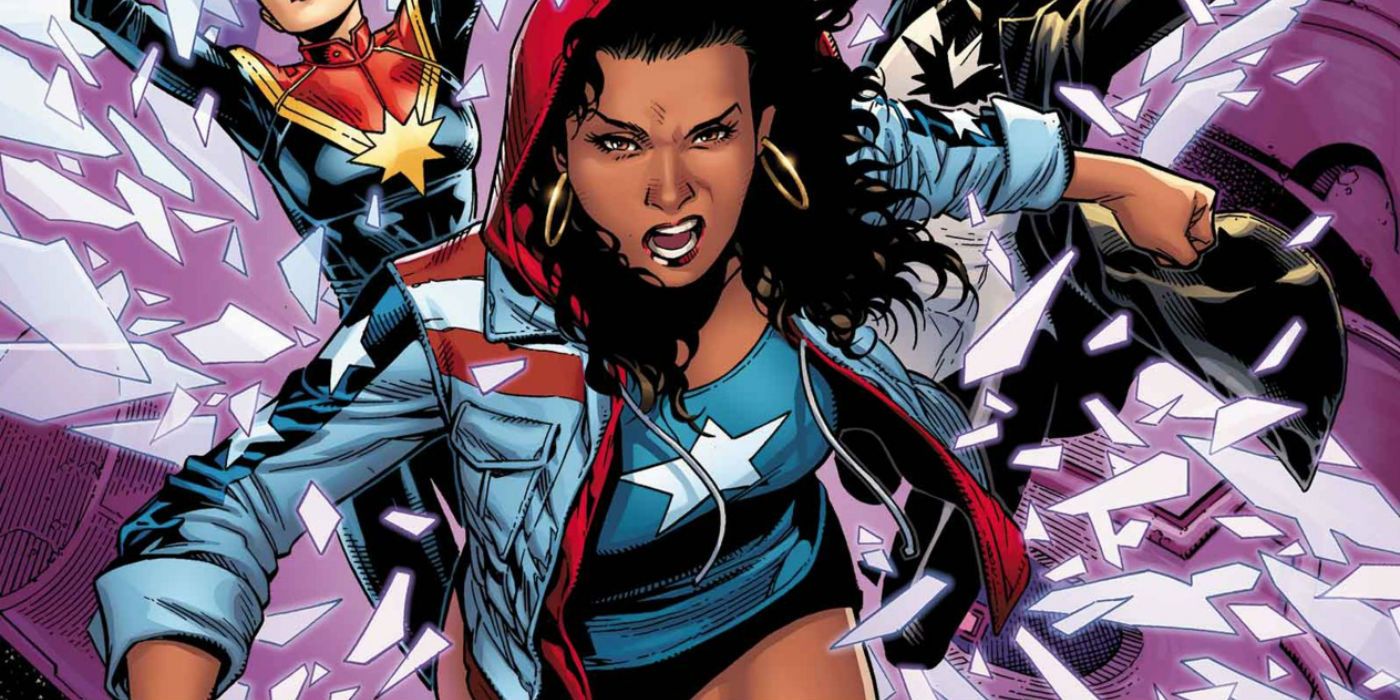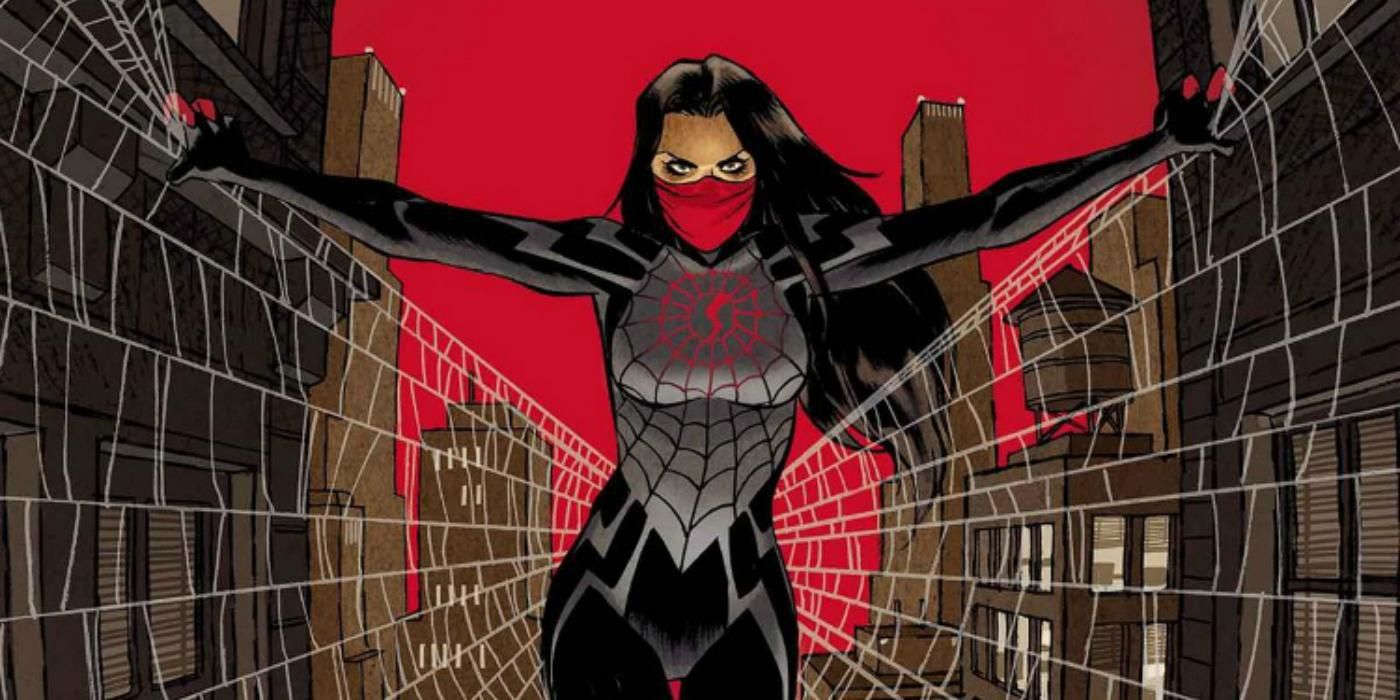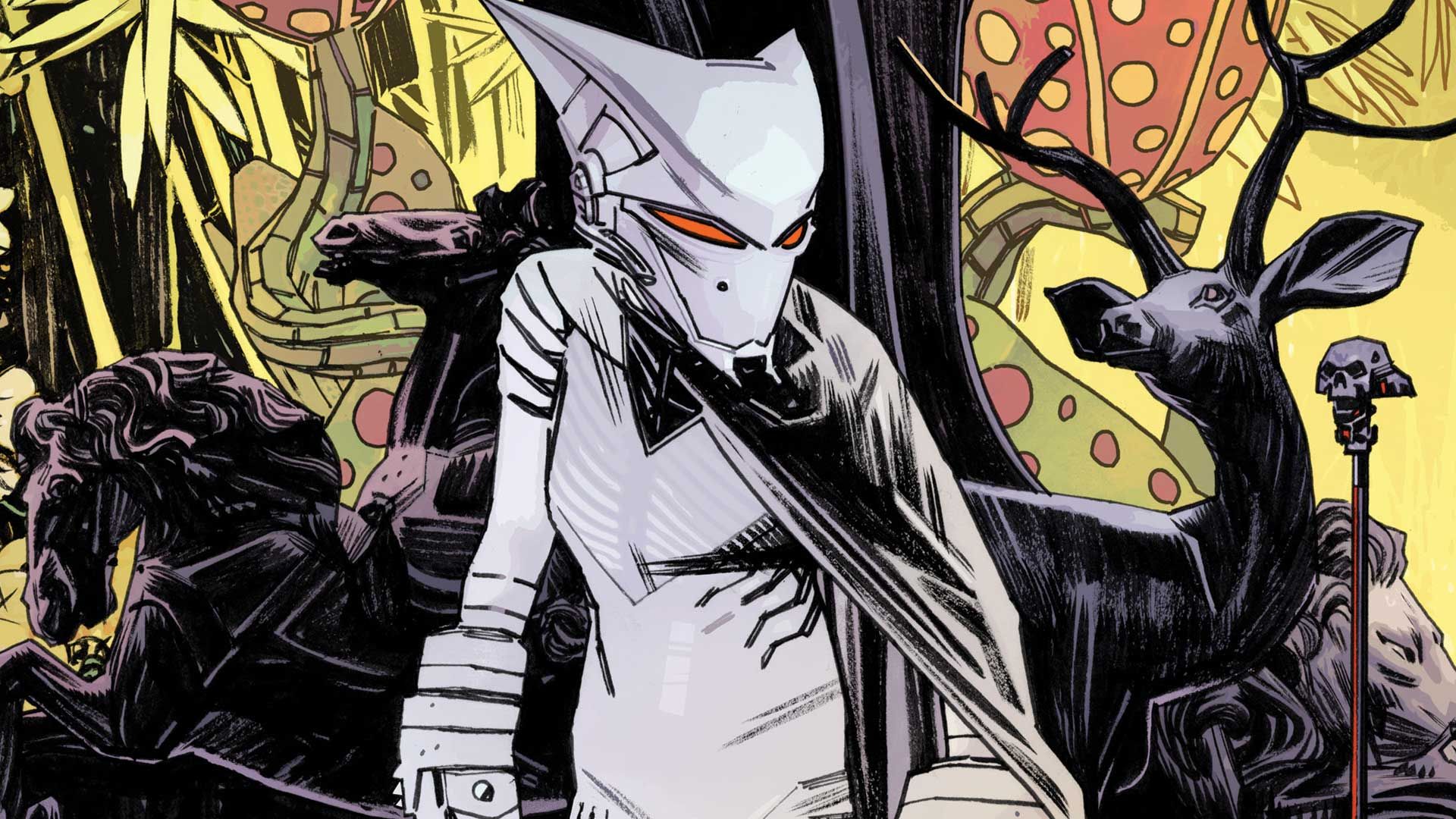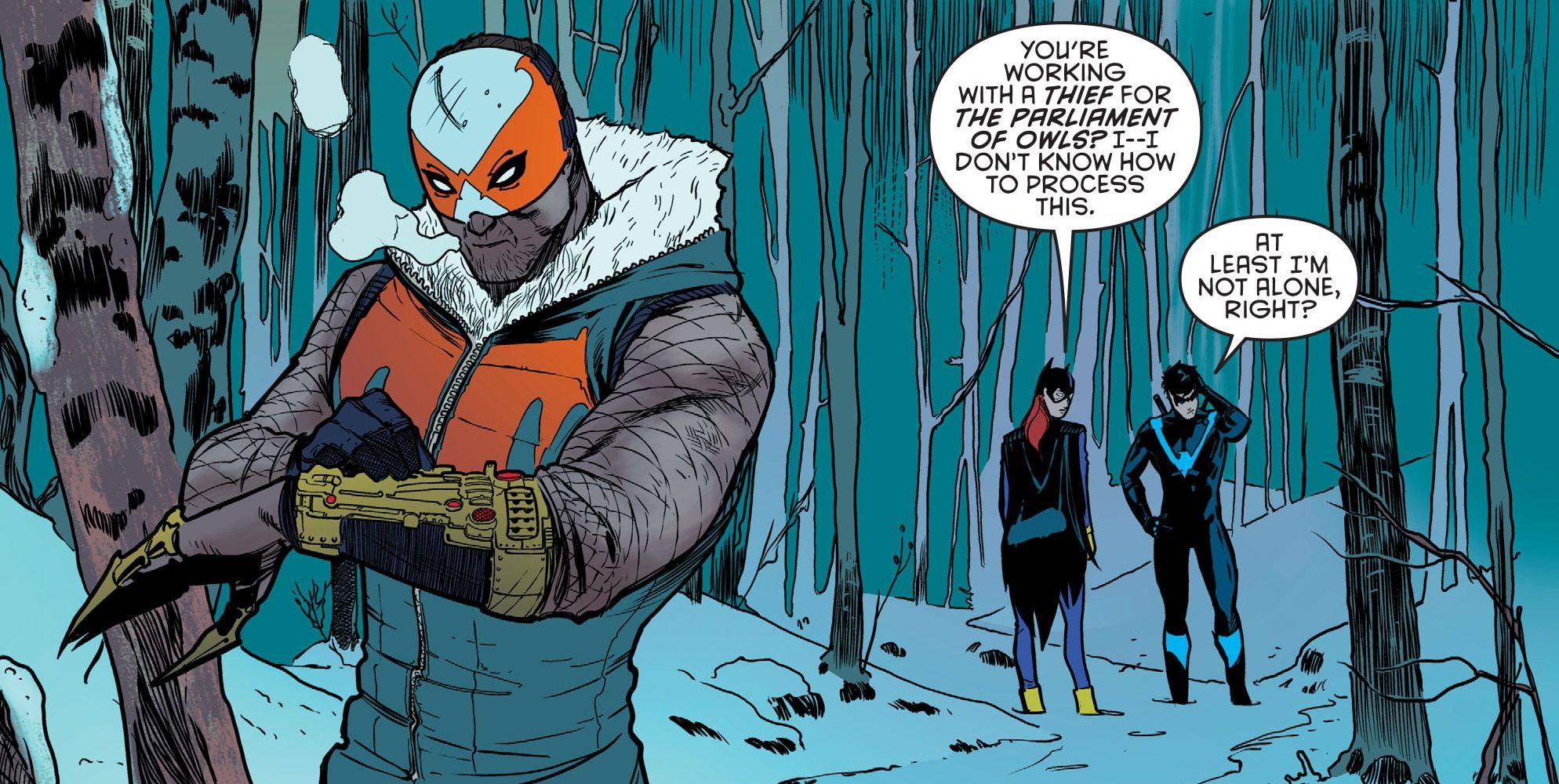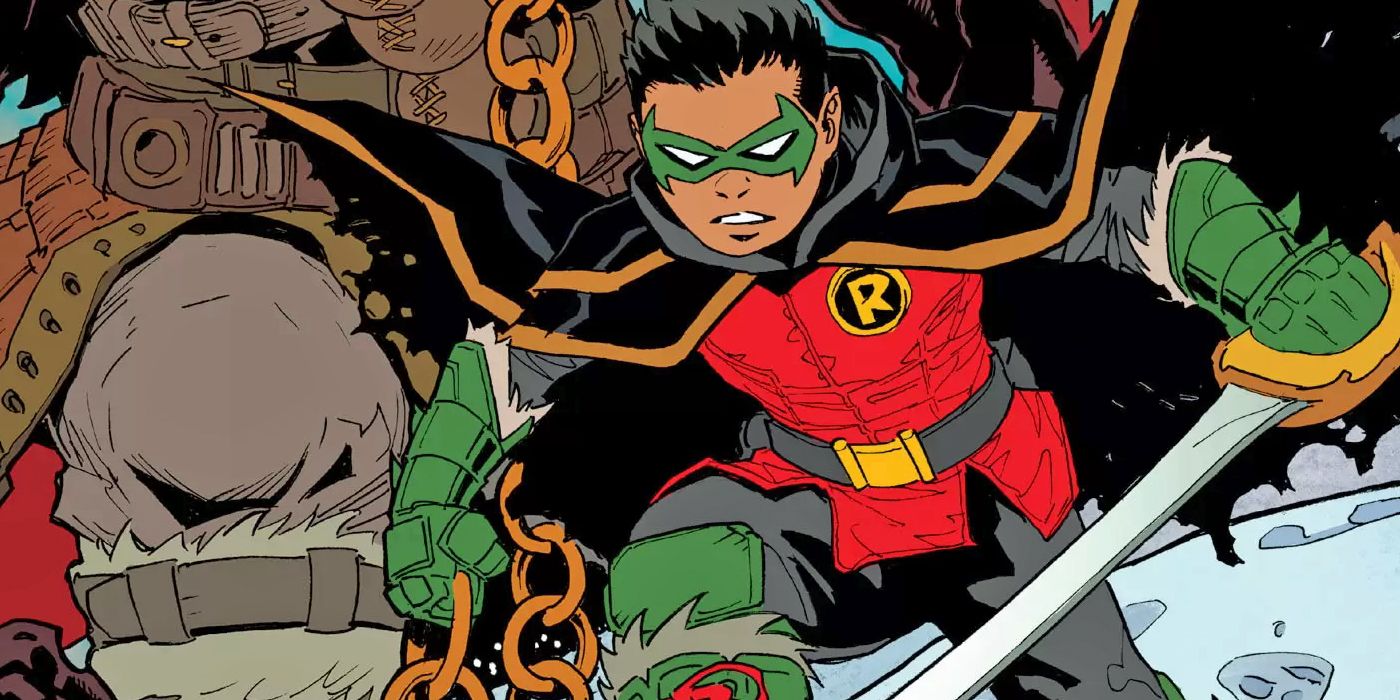Superhero comics are known for pushing the envelope, usually socially, but occasionally with content style and artistically. From Superman fighting corrupt businessmen and the X-Men making veiled statements about prejudice, to Green Lantern and Green Arrow making very plain statements about race and prejudice, and Watchmen re-contextualizing superheroes forever, superheroes have long been a vehicle for pushing the pop culture envelope. Of course, there are times when things go too far, like when Image, Marvel, and DC went into edgy "mature" territory during the '90s, the infamous "Dark Age." Fortunately for everyone, the '90s are well behind us.
That doesn't stop comics from continuing to push boundaries, and sometimes, they end up pushing too far. While it happens far less in recent times, there's still quite a few instances where things get pushed too far. From characters that feel a bit too much like a return to the '90s, to political themes that push all the wrong buttons, these characters have a hard time endearing themselves to anyone, particularly comic readers who generally like things to stay the same. These characters are some modern attempts at breaking new ground and pushing further. Some of them work, some don't.
15 BATMAN WHO LAUGHS AND THE DARK BATMEN
While not technically superheroes anymore, the Batmen of the Dark Multiverse from DC's recent Metal event presented a twisted take on many different varieties of Batman. The event itself deliberately hearkens back to the peak of the edgy '90s, and nowhere is that more evident than in the 7 evil Batmen that form the core of the story. From the crazed Red Death to the nano machine-infested Murder Machine, each takes Batman to an extreme after The Killing Joke's famous one bad day.
Nowhere is this more evident than in the Batman Who Laughs, a Joker toxin-infected Batman who goes on a particularly gruesome killing spree. While Metal had been playing up the edge for camp and relative fun thus far, the Batman Who Laughs one-shot went well past campy fun and dove straight into edge for the sake of edge.
14 KICK-ASS
If there's one writer who just can't seem to leave the '90s behind, it's Mark Millar. His hugely successful miniseries Kick-Ass, later adapted into a hit movie and its sequel, was a shining example of this mentality. While the movie has its fair share of envelope pushing, it really doesn't measure up to the comic, which is rife with brutal injury and torture. It also has its grimier notes, like when rumors of gay prostitution were played for laughs.
Things were turned up a notch for the sequel, and for Mark Millar, "up a notch" includes mass murder, gang rape, and of course copious amounts of foul language and gore. Fortunately for all involved, the movie adaptation removed most of the more egregious elements, though definitely not all of them.
13 RED HULK
He's the Hulk. But red! Created by Jeph Loeb, the Red Hulk was basically a power fantasy of what a smart Hulk would be like. Constantly pulling new abilities out of his crimson butt, he handily defeated the original Hulk and even drained him of his powers. He even had a mysterious secret identity, because for some reason turning into a Hulk removes all facial hair (SPOILER: he was General Thunderbolt Ross).
Particularly egregious, however, was the Defenders storyline he took part in, where he somehow drained the Power Cosmic from Silver Surfer, stole his board, along with Terrax's axe, then killed both of them along with Namor, Doctor Strange, the Hulk, and the Grandmaster. The story was so divisive, it was retconned almost immediately.
12 ALPHA
If there's one thing Dan Slott's run on Amazing Spider-Man will be remembered for, it will be the cavalcade of original characters that stuck around for an arc or two then vanished, never to be seen again. The most hilarious instance of this was the fledgling superhero Alpha, created by a Spider-Man science experiment gone awry. He even got his own miniseries in addition to an arc in Spider-Man.
Alpha had Superman's powers in a snotty teen body, catapulted into super-stardom, despite being a huge jerk. This did little to endear him to fans, and Slott wrote him out of the story and out of powers by the end of the arc. While the attempt to create a new superhero was notable, Alpha missed the mark that would bring success to later characters like Sam Alexander and Kamala Khan.
11 GWENPOOL
Gwenpool is among one of the strangest (out of universe) origins of any character on this list. Originally created for a variant cover capitalizing on the success of Spider-Gwen, Gwenpool found some popularity among cosplayers. She was then given her own ongoing series, which found a measure of success.
Contrary to popular belief, Gwenpool has no relation to Gwen Stacy, or Deadpool, really. She is GWEN POOLE, a twenty-something from our world, using her knowledge of comic books to become a mercenary in the Marvel universe. She takes a number of mannerism from Deadpool, first and foremost her awareness that she is in a comic book. While she has an undeniable fanbase, many comic book fans thought Spider-Gwen was one too many Gwens, and Gwenpool's bubbly-yet-murderous attitude turned them off even further.
10 JUPITER'S LEGACY
While Mark Millar usually likes writing edgy stories, Jupiter's Legacy was an attempt to tell a more optimistic one. The series opens with the world fallen into a bit of an age of decadence thanks to the rise of a large superhero community born out of the children of a Justice League knockoff. The eldest son is a typical brooding celebrity, and the eldest daughter is a stereotypical party girl, only with superpowers.
The main plot begins when a psychic hero kicks off a coup, with the eldest son as the figurehead. They brutally kill the other older generation heroes, and enact a tyrannical reign of terror. The series then follows some basic plot beats back to a victory by the remaining "good" heroes, coupled with a bit more brutal murder. It was visceral and intense and horrific -- and went way too far for some readers.
9 THE QUESTION (MULTIVERSITY)
Grant Morrison's Multiversity was a hugely ambitious look into the DC multiverse, in a series of one-shots each focusing on a different universe. The absolute pinnacle of the series was his collaboration with Frank Quitely, Pax Americana #1. Essentially a response to Alan Moore and Dave Gibbons's Watchmen, it re-contextualized the story back into the DC universe (well before Geoff Johns' hollow knockoff Doomsday Clock would make the attempt), and is possibly one of the most brilliantly structured comics in the past decade or so.
While most of the heroes remained similar to their Watchmen counterparts, Rorschach's inspiration the Question took Rorschach's fairly hardline moral objectivism and re-conceptualized him into a follower of spiral dynamics. And then he killed a drug dealer with a heroin overdose because he likes poetic justice. While most of these entries pushed the envelope too far in edginess or just general unlikeability, The Question pushed the envelope straight into baffling, "you need an annotated guidebook to know what's going on" territory.
8 "PREZ" ELIZABETH ROSS
DC's ill-fated DCYou wave of new books brought a number of stylistically unique books into the DC library, and one of the best and most unjustly ignored books was Mark Russell and Ben Caldwell's Prez. Re-imagining teenage president Prez Rickard from the 70s (most people will remember him from that one Sandman story, though) as a teenage girl in the not-too-distant future, Prez was a slice of biting political satire that seemed a bit out of place in DC's catalog.
While the series was hilarious with gorgeous art and snappy writing, the politics and gender-swapped protagonist didn't win it many fans, and it was cancelled after just six issues. Fortunately, what positive response there was has continued to get Mark Russell work at DC, first writing the incredible revamp of The Flintstones, and now writing Exit Stage Left: The Snagglepuss Chronicles, releasing in January.
7 GODS AND MONSTERS JUSTICE LEAGUE
What if the Justice League was a little darker? That's the question the Bruce Timm-produced movie Justice League: Gods and Monsters sought to answer. It re-cast the Justice League trinity as dark mirrors, with Superman as the son of Zod turned Mexican priest, Batman as Kirk Langstrom (Man-bat) turned into a vampire, and Wonder Woman as New God Bekka.
While they are still heroes, they are considerably more brutal than their counterparts, and maintain order with an iron fist. The first appearance of Superman shows him killing a child (for the greater good, but still far grimmer than regular Superman would be). Langstrom, as a vampire, of course needs to drink blood, although he only drinks from villains. While the movie got good reviews, it never really got popular enough to justify continuing the universe.
6 INVINCIBLE
While Robert Kirkman is most known today for the television adaptation of his Walking Dead comic, before that he created a superhero for Image called Invincible. While the series at first seemed to be an unironic take on a teen superhero story, it quickly took a dark turn into some pretty shocking brutality, earning it the affectionate(?) nickname of Murderman.
The series stayed pretty gruesome the whole way through, answering several questions about just what Superman punching someone would actually look like, if people were in fact sacks of strawberry jelly. Not content with mass murder, the series also dipped its toes into sexual assault, parental abuse, and shocking violence that didn't lead to death, mostly of the "dudes punching through other dudes" variety, which is somehow survivable.
5 AMERICA CHAVEZ
America Chavez is a divisive character, to say the least. Originally created as part of a new teen team in Vengeance, she came across as particularly abrasive, and while her character developed a bit in Young Avengers and her self-titled solo series, she remains a pretty unpleasant person, sometimes rightfully so but in some ways that have turned many fans away.
She was created as an envelope-pusher, but her solo series unfortunately takes it way too far for some fans, often spending pages soapboxing in long monologues about why America is a progressive character for progressive people. Despite being generally brash and unlikable, which is likely unintentional, the book is more confusing about its intentions than anything. Because she pushes too far, America remains one of Marvel's lowest-selling titles, both in print and digitally.
4 SILK
One of Dan Slott's short-lived creations, Silk raised a lot of eyebrows by basically being Spider-Man's personal love robot, at least until she broke free of Amazing Spider-Man into her own series. Created as someone bitten by the same spider as Peter Parker, Silk had all the powers of Spider-Man, on top of putting off a pheromone that made her irresistible to Spider-Man, and vice versa.
While her solo series was enjoyable, the backlash to the character from both long-time fans and the more progressive new audience Marvel courts was overwhelming, showing that it's not just the concept but the execution that matters. Many fans had a problem with so much sexuality in a Spider-Man book, and were happy when she setteld into her own character and not just a reason for Spider-Man to get turned on.
3 MOTHER PANIC
As part of DC's Rebirth, the publisher also launched a mature readers superhero line in the form of Young Animal. One of the more controversial titles in the line was Mother Panic, a series about a female superhero operating in Gotham City. An artistically bold series, Mother Panic was a particularly brutal hero clashing with Batman.
The series follows socialite Violet Paige on her bloody quest for vengeance against her high society peers while tangling with Batman and Batwoman. Standing in stark contrast with the generally more lighter-hearted Doom Patrol, Shade the Changing Girl, and Cave Carson Has a Cybernetic Eye, Mother Panic took Young Animal into a much darker stage. While the series garnered some critical acclaim, the occasionally esoteric art and generally unlikable protagonist didn't win it many fans.
2 RAPTOR
Introduced in the pages of Nightwing Rebirth, Raptor quickly established himself as a morally ambiguous mercenary who wanted Nightwing to shake off the shackles of Batman and become his own hero. While not a particularly good person himself, Raptor did seem to have decent intentions for Nightwing, at least at first. He did eventually take things too far, in wanting Nightwing to literally rid himself of Batman by killing Bruce Wayne (although Raptor was unaware of Batman's secret identity).
The character has gained quite a bit of popularity and is one of the few original characters to find success in Rebirth, but he has also gained quite a few detractors. Many questioned casting a Romani as a deceitful villain, while still others call him a cheap Deathstroke knockoff, something that was later acknowledged in Deathstroke.
1 DAMIAN WAYNE
Damian Wayne was, is, and will remain a hugely divisive character. His initial introduction in Grant Morrison's Batman and Son drew a lot of flak for not only revealing Batman has a son, but also for being a hyper-competent 10 year old and just being a huge jerk to everyone. While he did eventually gain some fans and mainstream popularity as Morrison's Batman epic progressed, particularly in the phenomenal Batman and Robin, he still has just as many detractors.
He sits firmly in the '90s edgy anti-hero/fanfiction "original character do not steal" mold, but this is tempered by writers never letting him be infallible or even liked by other characters in a story. However, fans of past Robins, especially Tim Drake, really don't like how he has basically supplanted Tim in all things Robin.

